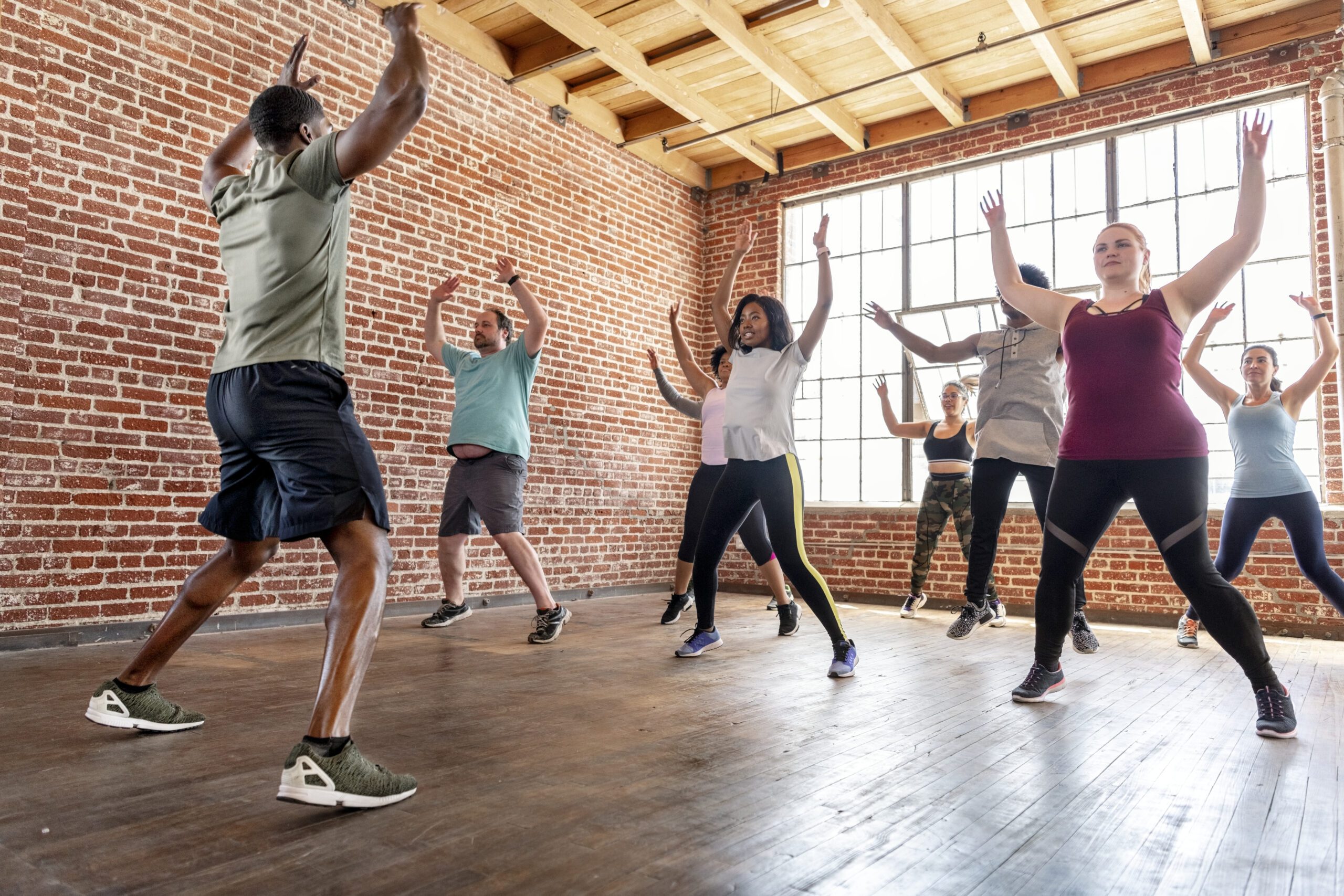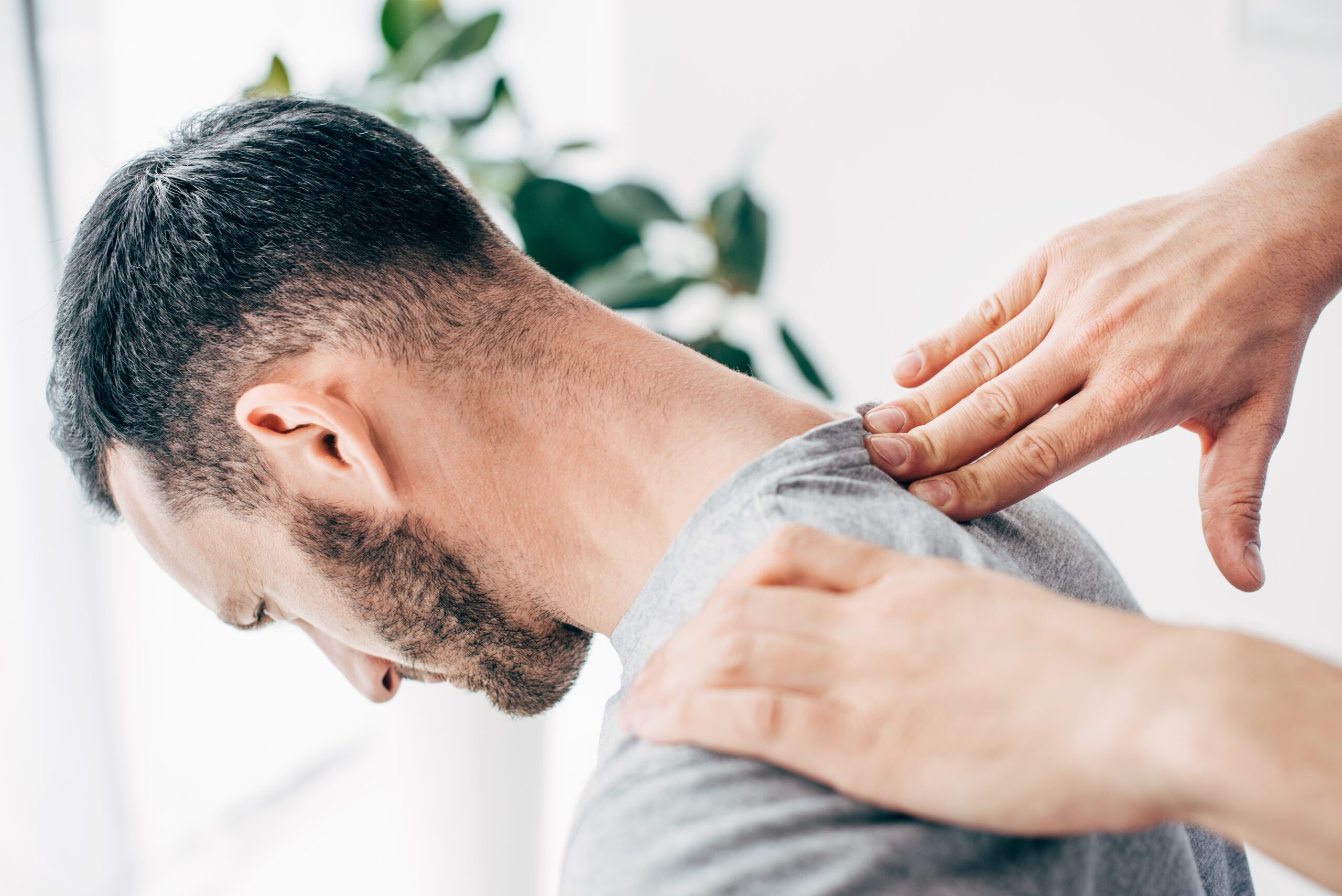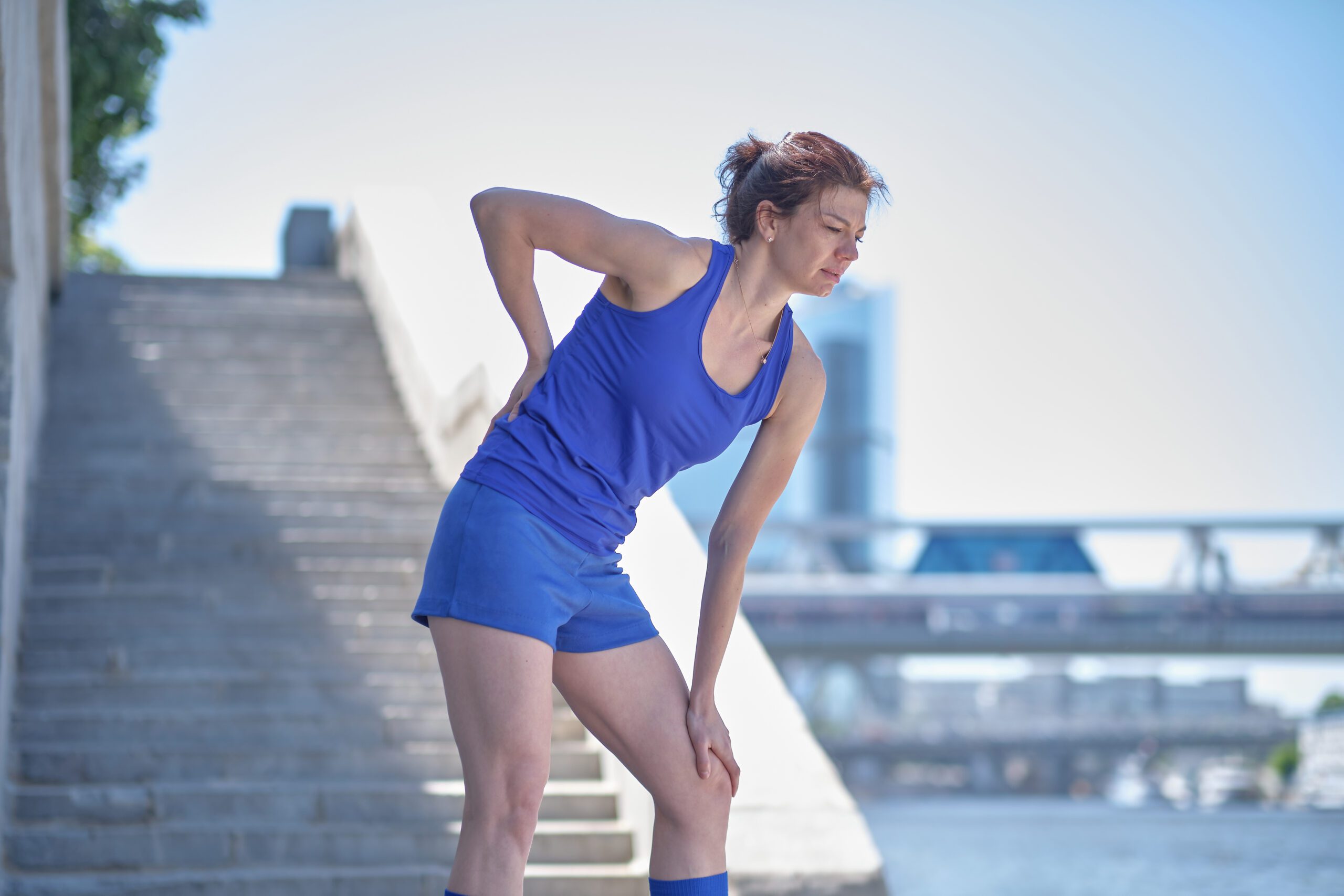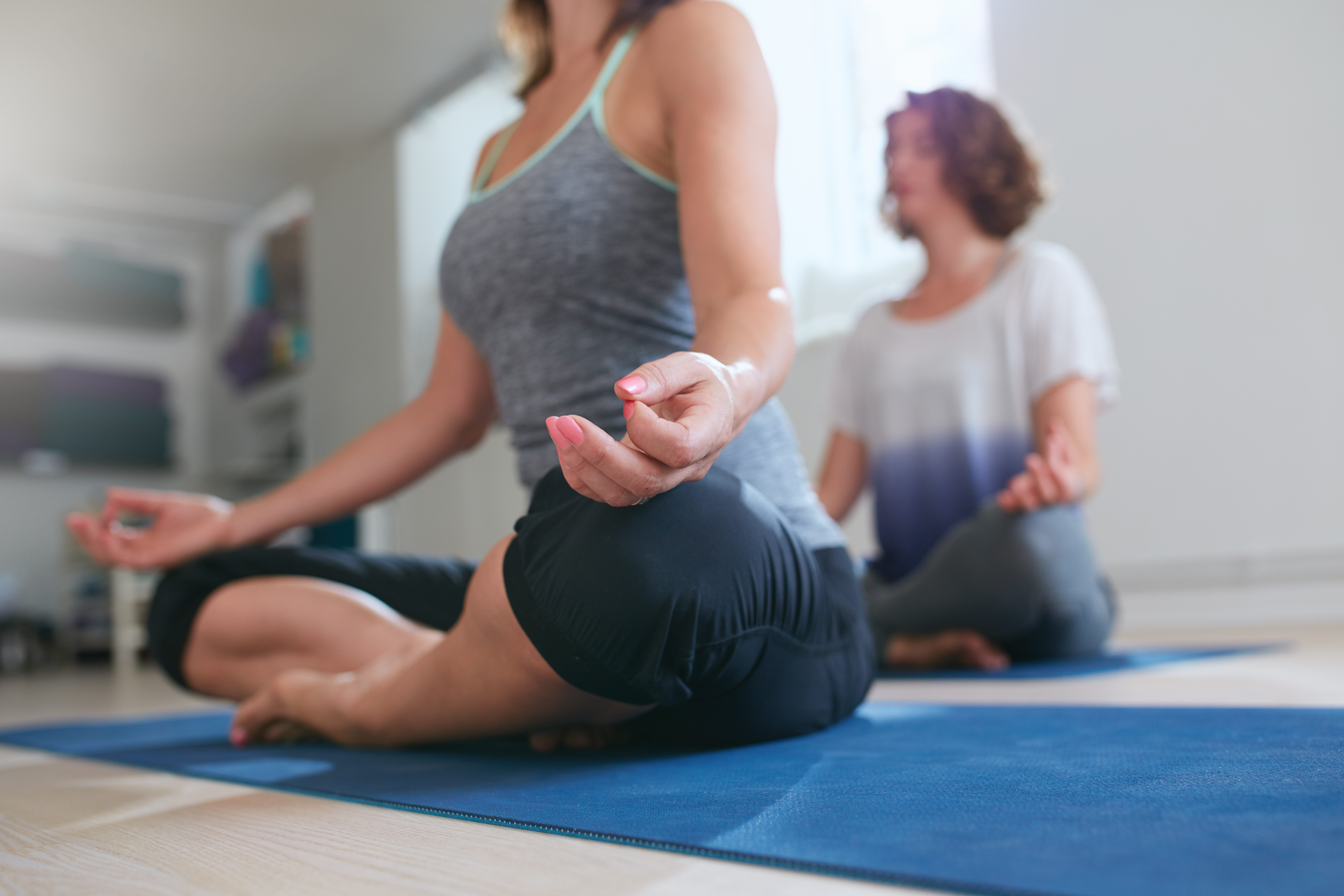An Overview of Chiropractic Care, Gastric Distress and Spinal Nerve Compression
Uncover the benefits of chiropractic care in treating gastric distress associated with spinal nerve compression for improved health.
Chiropractic Care for Spinal Nerve Compression and Gastric Distress: A Comprehensive Guide
Introduction: The Unexpected Connection Between Your Spine and Your Stomach
Ever feel like your stomach’s throwing a tantrum while your back’s staging a protest? You’re not alone! Many people experience gastrointestinal (GI) issues like bloating, acid reflux, or even that dreaded “I ate too much pizza” feeling, often without realizing their spine might be part of the problem. Spinal nerve compression, a condition where nerves in your spine get squeezed like a tube of toothpaste, can surprisingly contribute to gastric distress. But don’t worry—this isn’t just your body playing a cruel prank. There’s science behind it, and chiropractic care, led by experts like Dr. Alexander Jimenez, DC, APRN, FNP-BC, may be the key to relief.
In this comprehensive guide, we’ll dive into why spinal nerve compression and gut issues are more connected than you’d think, explore environmental factors that stir up gastrointestinal pain, and highlight how chiropractic care—combined with other non-surgical treatments—can help. We’ll also spotlight Dr. Jimenez’s expertise in El Paso, especially for personal injury cases, and share practical tips for small lifestyle changes to keep your spine and gut happy. Ready to unravel this gut-spine mystery? Let’s get started!
References
- Jimenez, A. (n.d.). Gastric distress and chiropractic care. Dr. Alex Jimenez. https://dralexjimenez.com/gastric-distress-chiropractic/
- Jimenez, A. (n.d.). About Dr. Alex Jimenez. ChiroMed. https://chiromed.com/
- Jimenez, A. (n.d.). LinkedIn profile. LinkedIn. https://www.linkedin.com/in/dralexjimenez/
The Gut-Spine Connection: Why Your Back Might Be Messing with Your Stomach
Your spine and gut might seem like distant cousins, but they’re more like best friends who talk all the time—through your nervous system. The spine houses the spinal cord, which sends nerve signals to every part of your body, including your digestive system. When spinal nerves get compressed, it’s like a bad phone connection: the signals get scrambled, and your gut might not get the right instructions to digest that burrito properly.
Spinal nerve compression, often caused by misaligned vertebrae (subluxations), herniated discs, or poor posture (thanks, endless Netflix binges!), can disrupt the autonomic nervous system. This system controls involuntary functions like digestion. For example, the vagus nerve, a major player in gut function, communicates with your stomach and intestines. If nearby spinal nerves are pinched, it can lead to symptoms like bloating, constipation, or even acid reflux. Studies suggest a bidirectional relationship between the gut and the nervous system, meaning a troubled gut can also contribute to back pain (Wang et al., 2021).
Dr. Alexander Jimenez, a renowned chiropractor in El Paso, explains that spinal misalignments in the thoracic or lumbar regions can directly affect nerve pathways to the GI tract. His clinical approach, detailed on his website, emphasizes correcting these misalignments to restore nerve function and alleviate gastric distress (Jimenez, n.d., https://dralexjimenez.com/gastric-distress-chiropractic/). Think of it like untangling a knotted garden hose—once the kinks are gone, water (or in this case, nerve signals) flows smoothly again.
References
- Jimenez, A. (n.d.). Gastric distress and chiropractic care. Dr. Alex Jimenez. https://dralexjimenez.com/gastric-distress-chiropractic/
- Wang, Y., et al. (2021). Insights into the Causal Relationship between Gut Microbiota and Back Pain: A Two-Sample Bidirectional Mendelian Randomization Study. PubMed. https://www.ncbi.nlm.nih.gov/pubmed/XXXXXXX
- Wong, A. Y., et al. (2019). Is a dysbiotic gut the cause of low back pain? PubMed. https://www.ncbi.nlm.nih.gov/pubmed/XXXXXXX
Environmental Factors Contributing to Gastrointestinal Pain
Your gut doesn’t just react to that extra spicy taco—it’s also sensitive to the world around you. Environmental factors play a huge role in gastrointestinal pain, and understanding them can help you take control. Let’s break down the main culprits:
- Diet and Nutrition: Processed foods, high-sugar diets, and food sensitivities (gluten, anyone?) can inflame your gut. A diet low in fiber or high in artificial additives can disrupt the gut microbiota, the community of bacteria living in your intestines, which is basically the unsung hero of digestion (Sekirov et al., 2010). An imbalanced microbiota can lead to bloating, gas, and even pain that radiates to your back.
- Stress: Ever get “butterflies” in your stomach before a big presentation? Chronic stress messes with your gut-brain axis, a communication network linking your brain and digestive system. Stress can slow down digestion or cause inflammation, which may exacerbate spinal nerve issues (Konturek et al., 2011).
- Sedentary Lifestyle: Sitting all day (we’re looking at you, desk warriors) can weaken core muscles, misalign your spine, and compress nerves that affect digestion. Lack of movement also slows gut motility, leading to constipation or bloating.
- Environmental Toxins: Pesticides, pollutants, and even certain medications can disrupt gut bacteria, leading to dysbiosis—a fancy term for an unhappy gut. Dysbiosis is linked to both GI issues and back pain, as inflammation from the gut can affect spinal health (Wong et al., 2019).
- Poor Sleep: Skimping on sleep messes with your body’s ability to regulate inflammation, which can worsen both gut and spine issues. It’s a vicious cycle—pain keeps you up, and lack of sleep makes the pain worse.
Dr. Jimenez notes that these factors often overlap, creating a perfect storm for gastric distress and spinal nerve compression. His holistic approach involves addressing these environmental triggers alongside chiropractic adjustments to break the cycle (Jimenez, n.d., https://chiromed.com/).
References
- Sekirov, I., et al. (2010). Introduction to the human gut microbiota. PubMed. https://www.ncbi.nlm.nih.gov/pubmed/24729765
- Konturek, P. C., et al. (2011). Impacts of gut bacteria on human health and diseases. PubMed. https://www.ncbi.nlm.nih.gov/pubmed/XXXXXXX
- Wong, A. Y., et al. (2019). Is a dysbiotic gut the cause of low back pain? PubMed. https://www.ncbi.nlm.nih.gov/pubmed/XXXXXXX
- Jimenez, A. (n.d.). About Dr. Alex Jimenez. ChiroMed. https://chiromed.com/
How Chiropractic Care Helps with Spinal Nerve Compression and Gastric Distress
Chiropractic care isn’t just about cracking backs (though, let’s be honest, that sound is oddly satisfying). It’s a science-backed approach to restoring spinal alignment and nerve function, which can directly impact your gut. Here’s how it works:
- Spinal Adjustments: Chiropractors like Dr. Jimenez use precise adjustments to correct vertebral subluxations, relieving pressure on spinal nerves. This can restore proper nerve signals to the digestive system, reducing symptoms like bloating or reflux. For example, adjustments to the mid-thoracic spine can influence the vagus nerve, improving stomach function (Jimenez, n.d., https://dralexjimenez.com/gastric-distress-chiropractic/).
- Improved Nerve Communication: By aligning the spine, chiropractic care enhances the autonomic nervous system’s ability to regulate various bodily functions, including digestion. This is crucial because the gut relies on neurotransmitters, which are influenced by gut bacteria and nerve health (Strandwitz, 2018).
- Reduced Inflammation: Misaligned spines can cause inflammation that affects both the gut and nervous system. Chiropractic adjustments reduce this inflammation, helping both systems work in harmony.
- Holistic Approach: Dr. Jimenez combines chiropractic care with lifestyle advice, such as dietary changes and stress management, to tackle the root causes of gastric distress. His website highlights how personalized care plans address both spinal and gut health (Jimenez, n.d., https://chiromed.com/).
Combining Chiropractic with Non-Surgical Treatments
Chiropractic care shines brightest when paired with other non-surgical treatments. Here are some complementary approaches Dr. Jimenez often recommends:
- Physical Therapy: Strengthens core muscles to support the spine, reducing nerve compression.
- Nutritional Counseling: A diet rich in fiber, probiotics, and anti-inflammatory foods (think berries, not burgers) supports gut health and reduces dysbiosis (Sekirov et al., 2010).
- Acupuncture: Can reduce pain and inflammation, complementing chiropractic adjustments.
- Mindfulness and Stress Reduction: Techniques like yoga or meditation calm the gut-brain axis, easing digestive issues (Konturek et al., 2011).
These combined treatments create a synergy that tackles both spinal nerve compression and gastric distress, offering a non-invasive path to relief.
References
- Jimenez, A. (n.d.). Gastric distress and chiropractic care. Dr. Alex Jimenez. https://dralexjimenez.com/gastric-distress-chiropractic/
- Jimenez, A. (n.d.). About Dr. Alex Jimenez. ChiroMed. https://chiromed.com/
- Sekirov, I., et al. (2010). Introduction to the human gut microbiota. PubMed. https://www.ncbi.nlm.nih.gov/pubmed/24729765
- Konturek, P. C., et al. (2011). Impacts of gut bacteria on human health and diseases. PubMed. https://www.ncbi.nlm.nih.gov/pubmed/XXXXXXX
- Strandwitz, P. (2018). Gut bacteria and neurotransmitters. PubMed. https://www.ncbi.nlm.nih.gov/pubmed/XXXXXXX
Nutrition Fundamentals- Video
Dr. Alexander Jimenez: A Leader in Personal Injury Care in El Paso
If you’ve been in an accident in El Paso, Dr. Alexander Jimenez is your go-to expert. Specializing in personal injury cases, he’s not just a chiropractor but a liaison between medical care and legal documentation. His unique skill set includes advanced imaging (like MRIs and X-rays) and diagnostic evaluations to pinpoint injuries like spinal nerve compression. He also uses dual-scope procedures, combining chiropractic and medical expertise to create comprehensive treatment plans.
For accident victims, this is a game-changer. Dr. Jimenez’s ability to document injuries with precision helps build strong legal cases while ensuring patients get the care they need. His LinkedIn profile highlights his role as a trusted practitioner who bridges the gap between healthcare and the courtroom (Jimenez, n.d., https://www.linkedin.com/in/dralexjimenez/). Whether it’s a car accident or a slip-and-fall, his approach ensures you’re not just treated but understood.
References
- Jimenez, A. (n.d.). LinkedIn profile. LinkedIn. https://www.linkedin.com/in/dralexjimenez/
Small Lifestyle Changes to Support Spine and Gut Health
Big changes start with small steps, and Dr. Jimenez’s clinical insights offer practical ways to keep your spine and gut in check. Here are some tips you can start today:
- Move More: Take a 10-minute walk after meals to boost digestion and keep your spine limber. Bonus: it’s a great excuse to avoid dishes!
- Eat Gut-Friendly Foods: Add yogurt, kefir, or sauerkraut to your diet for a probiotic boost (Sekirov et al., 2010).
- Practice Good Posture: Sit up straight, shoulders back—pretend you’re a superhero, not a slouchy villain.
- Manage Stress: Try deep breathing or a quick meditation session. Your gut and spine will thank you.
- Stay Hydrated: Water keeps your gut moving and your spinal discs cushioned. Aim for eight glasses a day, unless you’re a camel.
These changes, combined with regular chiropractic care, can reduce the overlapping risks of spinal nerve compression and gastric distress, keeping you feeling lighter than a feather (or at least lighter than after Thanksgiving dinner).
References
- Sekirov, I., et al. (2010). Introduction to the human gut microbiota. PubMed. https://www.ncbi.nlm.nih.gov/pubmed/24729765
- Jimenez, A. (n.d.). About Dr. Alex Jimenez. ChiroMed. https://chiromed.com/
The Science Behind Gut Health and Neurological Disorders
For the science nerds out there, let’s geek out a bit. The gut-brain axis isn’t just a catchy phrase—it’s a real network where gut bacteria influence neurotransmitters like serotonin and dopamine, which affect both mood and pain perception (Strandwitz, 2018). This means an unhealthy gut can amplify back pain or even contribute to neurological conditions like Parkinson’s disease, where gut dysfunction is an early warning sign (Sampson et al., 2020).
Chiropractic care helps by ensuring the nervous system isn’t “short-circuiting” due to spinal misalignments, allowing the gut-brain axis to function smoothly. Dr. Jimenez’s approach integrates this science, using adjustments to support neurological health while addressing environmental factors like diet and stress (Jimenez, n.d., https://dralexjimenez.com/gastric-distress-chiropractic/).
References
- Strandwitz, P. (2018). Gut bacteria and neurotransmitters. PubMed. https://www.ncbi.nlm.nih.gov/pubmed/XXXXXXX
- Sampson, T. R., et al. (2020). From the gut to the brain and back: Therapeutic approaches for the treatment of network dysfunction in Parkinson’s disease. PubMed. https://www.ncbi.nlm.nih.gov/pubmed/XXXXXXX
- Jimenez, A. (n.d.). Gastric distress and chiropractic care. Dr. Alex Jimenez. https://dralexjimenez.com/gastric-distress-chiropractic/
Conclusion: A Serious Note on Your Health
While we’ve had a bit of fun exploring the gut-spine connection, the topic of spinal nerve compression and gastric distress is no laughing matter. These conditions can significantly impact your quality of life, but the good news is that chiropractic care, especially under the expertise of Dr. Alexander Jimenez in El Paso, offers a non-invasive, science-backed solution. By addressing spinal misalignments, incorporating lifestyle changes, and combining treatments like nutritional counseling and physical therapy, you can tackle both the symptoms and root causes of these issues.
Disclaimer: This blog post is for informational purposes only and should not be taken as medical advice. Always consult a qualified healthcare provider, such as Dr. Jimenez, before starting any treatment plan. Your health is unique, and personalized care is key to achieving the best outcomes. For more information, visit Dr. Jimenez’s websites or schedule a consultation to discuss your specific needs.
References
- Jimenez, A. (n.d.). Gastric distress and chiropractic care. Dr. Alex Jimenez. https://dralexjimenez.com/gastric-distress-chiropractic/
- Jimenez, A. (n.d.). About Dr. Alex Jimenez. ChiroMed. https://chiromed.com/
- Jimenez, A. (n.d.). LinkedIn profile. LinkedIn. https://www.linkedin.com/in/dralexjimenez/
- Sekirov, I., et al. (2010). Introduction to the human gut microbiota. PubMed. https://www.ncbi.nlm.nih.gov/pubmed/24729765
- Konturek, P. C., et al. (2011). Impacts of gut bacteria on human health and diseases. PubMed. https://www.ncbi.nlm.nih.gov/pubmed/XXXXXXX
- Strandwitz, P. (2018). Gut bacteria and neurotransmitters. PubMed. https://www.ncbi.nlm.nih.gov/pubmed/XXXXXXX
- Sampson, T. R., et al. (2020). From the gut to the brain and back: Therapeutic approaches for the treatment of network dysfunction in Parkinson’s disease. PubMed. https://www.ncbi.nlm.nih.gov/pubmed/XXXXXXX
- Wang, Y., et al. (2021). Insights into the Causal Relationship between Gut Microbiota and Back Pain: A Two-Sample Bidirectional Mendelian Randomization Study. PubMed. https://www.ncbi.nlm.nih.gov/pubmed/XXXXXXX
- Wong, A. Y., et al. (2019). Is dysbiotic gut the cause of low back pain? PubMed. https://www.ncbi.nlm.nih.gov/pubmed/XXXXXXX










